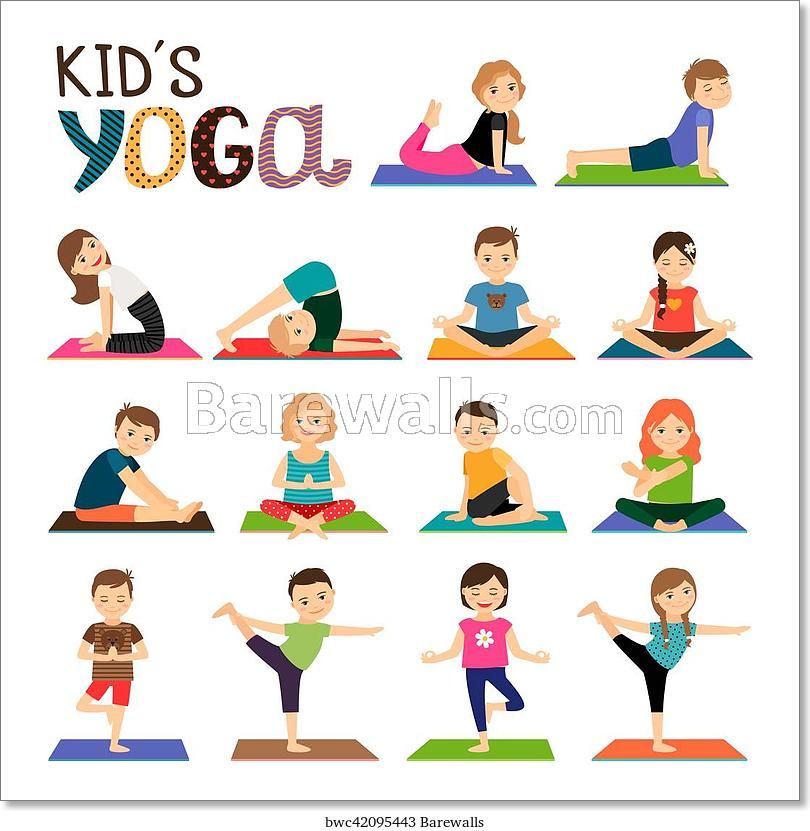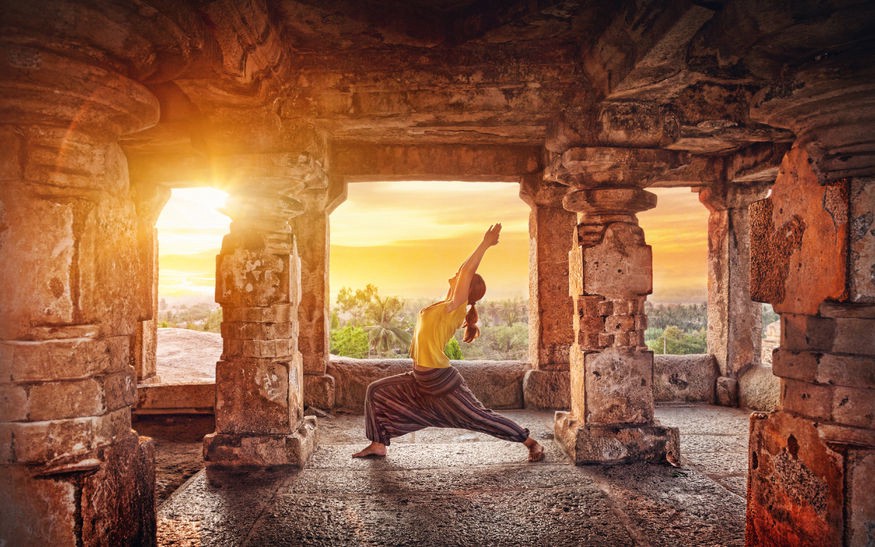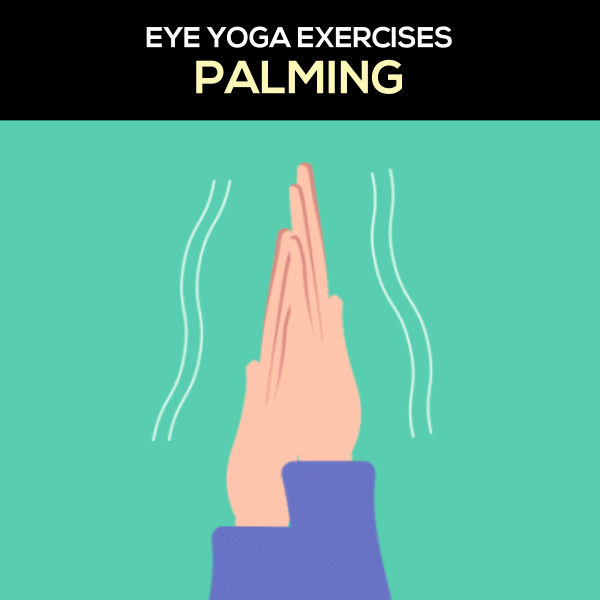
There are many types of yoga. Below are Ashtanga (Vinyasa), Power (Power), and Yin. Learn more about each type of yoga and how you can get started today. These types of yoga can be used for different types of people and levels of fitness. Each has its own benefits.
Ashtanga
Ashtanga Yoga is a challenging practice that encourages flexibility and endurance. Ashtanga yoga is said to help with mindfulness and flexibility. This kind of yoga is not for everyone. You can choose from many styles of yoga if you are looking for challenging yoga classes.

Vinyasa
Vinyasa is different from other types of yoga because it doesn't have a set sequence of poses or a number of breaths required to hold each pose. This gives the instructor more freedom, and the movements can be varied. While it's not as challenging as Ashtanga yoga in terms of physical demands, it can still increase the heart rate and produce a lot heat.
Power yoga
Power yoga, an energetic style of vinyasa invigorating yoga, originated in the United States during the 1990s. Its forms are based on Bikram Yoga and Ashtanga Vinyasa Yoga.
Yin yoga
Yin Yoga is a type of yoga that targets deep connective tissue. It improves flexibility and circulation. While most forms of yoga focus on stretching muscles, yin yoga focuses on the deeper connective tissue known as fascia. This area of the body may become shortened, tense, and even painful from injuries, habits, or aging. Yin yoga can help increase the range of motion and release trauma.
Yoga for restorative purposes
Restorative yoga is a form yoga that helps to calm the mind, body, and spirit. It activates the parasympathetic nervous network. This system is responsible to maintaining basic functions of the body, and it can be activated to help reduce stress and blood pressure. A typical restorative yoga sequence includes five or six poses that can be held for up to five minutes. It also includes stretching that lengthens the muscles as well as connective tissues.

Iyengar
Iyengar yoga is a style of yoga that focuses on detail, precision, and alignment. B. K. S. Iyengar is the author of Iyengar Yoga. His 1966 bestseller Light on Yoga describes his creation. The style is based on precise alignment and detailed instructions.
FAQ
What foods should I avoid when practicing yoga?
Some foods may cause you to lose energy. It could also cause you to feel bloated. You may feel tired after practice.
What kind is yoga for beginners?
Yoga is great for everyone, regardless of age or fitness level. It's an easy way to get fit and stay healthy. Yoga is a great way to feel healthier, both mentally and physically. They find yoga calmer, happier.
Yoga is more than just exercise. It's a lifestyle that involves breathing exercises, stretching and meditation.
There are many types of yoga. Some focus on strength training, while others concentrate on relaxation.
The type you choose will depend on your expectations of yoga. If you want to improve flexibility, then try Iyengar yoga. Or if you want to tone your muscles, go for Ashtanga yoga.
I already do some kind of physical exercise. Do I still have the potential to benefit from yoga?
Yes! Yoga can be beneficial for anyone, even if they are not physically active. Combine yoga with other fitness activities such as running or cycling, or lifting weights to get better results.
Yoga helps you to focus on your breathing, which will help you burn calories quicker.
Additionally, it can increase your endurance level. Yoga can be enjoyed by all levels of yoga, beginner to advanced.
Are yoga mats necessary?
Not necessarily. Many studios offer mats for students. These mats can be easily cleaned and made of rubber.
Your mat can be purchased online. You can expect a mat that is of high quality to last for many years.
How does yoga change your body?
Yoga can help you relax and stretch. Yoga makes you feel good. This is because yoga increases flexibility, strength and decreases stress. This results in better sleep, increased concentration, and more energy.
Yoga increases blood flow which makes you less likely get the flu or cold. This is because you can breathe deeply while doing yoga, which increases the oxygen reach your brain.
Yoga is a great way to relieve tension and pain. These postures improve posture and strengthen joints and muscles.
For your happiness and health, it is important to practice yoga regularly.
Statistics
- About one in seven U.S. adults practiced yoga in the past 12 months, according to a 2017 national survey. (nccih.nih.gov)
- Start your Fall off right with 20% off All Access Membership when you sign up by 9/25! (corepoweryoga.com)
- In comparison, a 125-pound person is estimated to burn 135 calories in 30 minutes of walking (at a pace of 15-minute miles) and 210 calories bicycling at a moderate pace on a stationary bike. (everydayhealth.com)
- According to the Agency for Healthcare Research and Quality, falls are incredibly common among older adults in nursing facilities. Even the simplest ones can increase the risk of death (24). (healthline.com)
- A 2020 review of 27 studies (1,805 total participants) of yoga interventions in children or adolescents found reductions in anxiety or depression in 70 percent of the studies, with more promising results for anxiety. (nccih.nih.gov)
External Links
How To
What is the best position to practice yoga?
There's no right or wrong way to practice yoga. Every person is different. The most important thing is to feel at ease in the positions you choose.
These are some of the most common positions:
Standing poses – Standing poses are perfect for beginners. They make it easier to concentrate on your breathing.
Forward bends: Forward bends are used to stretch tight areas. These can be done while you are sitting or lying down.
Backbends – Backbends are considered to be advanced poses. Instructors can help you decide if this is a pose you would like to try.
Inversions-Inversions are a pose that requires you to balance your body upside down. This is a difficult but rewarding form of yoga.